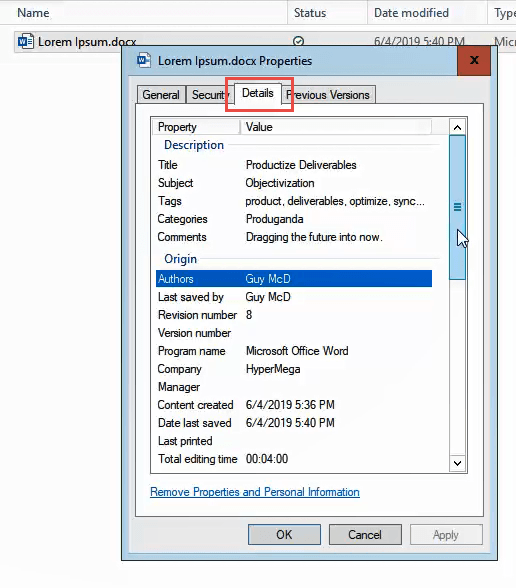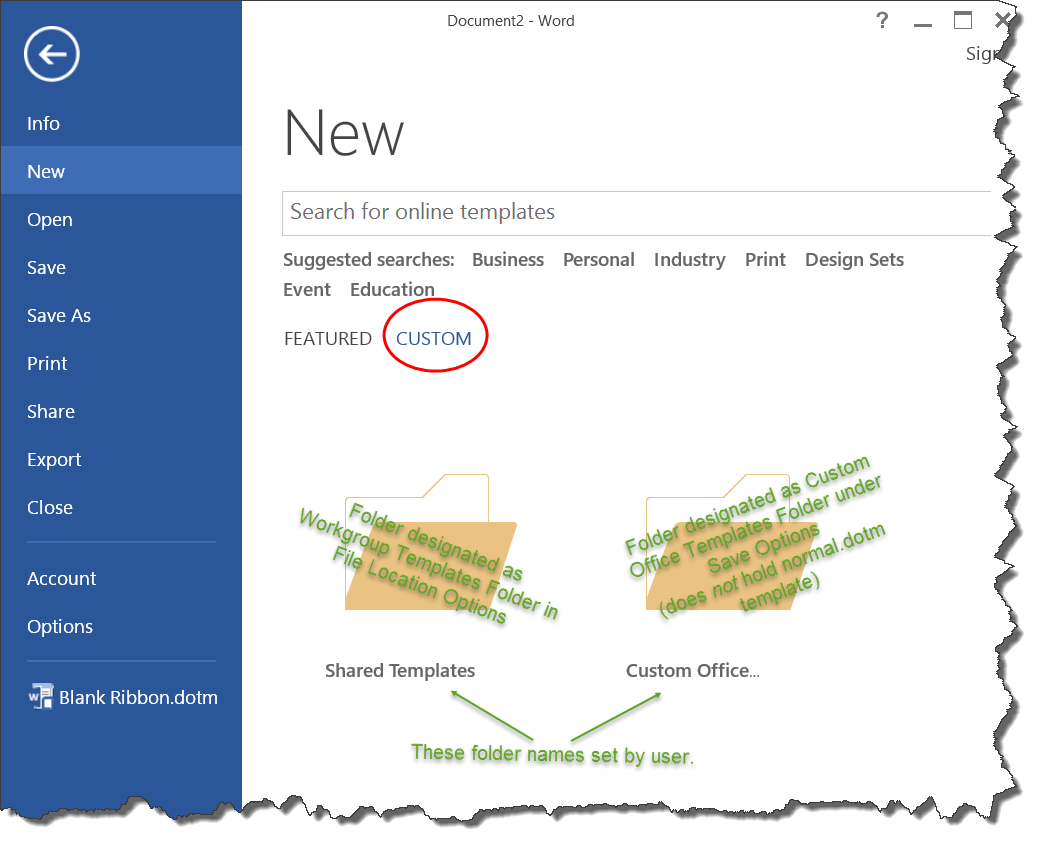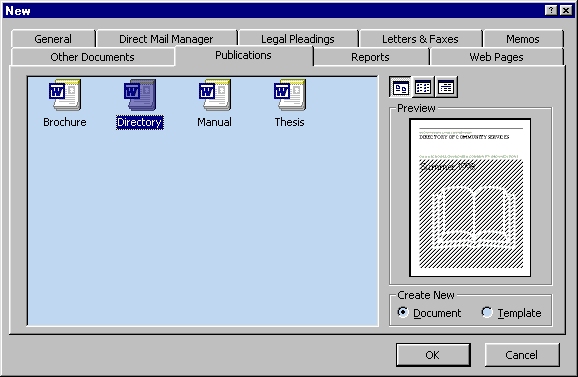
- Ms word for mac show filename extensions mp4#
- Ms word for mac show filename extensions full#
- Ms word for mac show filename extensions professional#
- Ms word for mac show filename extensions download#
MS Excel saves Excel workbooks as XLSX or XLS files by default. Many times, this error occurs due to the incompatible file extension of the Excel file. Change the Excel File Extension to Open It Click "Recover" to save the repaired Excel files to a safe location.įix 1.

Repair and save the Excel file to a secure locationĭouble-click the corrupt excel file, and this program will automatically repair corrupted and damaged Excel files. Scan for the corrupted Excel documentįind the damaged files through the filter, file path, search, etc. Launch EaseUS Data Recovery Wizard, and then scan the corrupted or damaged Excel files. Select a location to start finding corrupted Excel files
Ms word for mac show filename extensions download#
Go ahead and download the EaseUS MS Office document repair tool, then follow the step-by-step guides below to repair damaged Excel files in three steps:
Ms word for mac show filename extensions professional#
This professional MS Office Excel file repair tool has the following salient features.
Ms word for mac show filename extensions mp4#
It can help to repair corrupted JPEG/JPG or repair damaged MP4 and MOV files on both Windows and Mac computers. If the "Excel cannot open the file because the extension is not valid" problem is caused by file corruption and not by file compatibility, you need a professional file repair program to help you fix the problem.ĮaseUS Data Recovery Wizard is an all-in-one tool that can help recover deleted files and restore corrupt files easily and efficiently. Use EaseUS File Repair Tool to Fix Excel Cannot Open the File Besides, two methods are provided to recover Excel when the file format or file extension is not valid. There are three useful solutions in total here to solve the Excel cannot open file issue. Then, restart Excel to check if the problem is fixed. Disable the add-ins and click on the "OK" button. Step 2. If Excel opens normally, check for any add-ins that are causing problems in Excel. Press Windows+R keys, type excel.exe /safe, and click "OK". Loading Excel without templates and add-ins allows you to see if the program works as it should or if it is corrupted. Before you follow the solutions, check if Excel is working normally. Here, we will show you all the possible solutions, and you can try these until your issue is fixed. It usually indicates the file is not compatible with the Excel version of the file that has come corrupt or damaged.

Verify that the file has not been corrupted and that the file extension matches the format of the file." "Excel cannot open the file 'filename.xlsx' because the file format or file extension is not valid. Sometimes, when you try to open or edit an Excel file in Microsoft Office 2003, 2007, 2010, 2013, 2016, 2019, or 365, you may encounter the following problem:
Ms word for mac show filename extensions full#
Full stepsĮrror "Excel Cannot Open the File Because The File Format or File Extinction Is Not Valid" Start Office Excel > click File and Open > select the inaccessible Excel file. Open Microsoft Excel and go to "File" > click Export and choose Change File Type. I try my best to help everyone out, but sometimes I don't have time to fit everyone's questions in (there never seem to be quite enough hours in the day!).Launch EaseUS Data Recovery Wizard, and then scan the corrupted or damaged Excel files. I can guarantee 9 times out of 10, one of my strategies will get you the answer(s) you are needing faster than it will take me to get back to you with a possible solution. I highly recommend that you check this guide out before asking me or anyone else in the comments section to solve your specific problem. That's why I want to share with you: My Guide to Getting the Solution to your Problems FAST! In this article, I explain the best strategies I have come up with over the years to getting quick answers to complex problems in Excel, PowerPoint, VBA, you name it! We all have different situations and it's impossible to account for every particular need one might have. How Do I Modify This To Fit My Specific Needs?Ĭhances are this post did not give you the exact answer you were looking for. MyOutput = Mid(myPath, InStrRev(myPath, "\") + 1, InStrRev(myPath, ".") - InStrRev(myPath, "\") - 1)ĭebug.Print "File Name (w/o ext): " & myOutput 'Retrieve File Name without Extension (Displayed in Immediate Window ) MyOutput = Right(myPath, Len(myPath) - InStrRev(myPath, "\"))ĭebug.Print "File Name (w/ ext): " & myOutput 'Retrieve File Name with Extension (Displayed in Immediate Window )

MyOutput = Right(myPath, Len(myPath) - InStrRev(myPath, "."))ĭebug.Print "File Extension: " & myOutput 'Retrieve File Extension (Displayed in Immediate Window ) MyOutput = Left(myPath, InStrRev(myPath, ".") - 1) 'Take Off The File Extension (Displayed in Immediate Window ) 'Retrieve ActiveWorkbook's File Path (Displayed in Immediate Window )


 0 kommentar(er)
0 kommentar(er)
